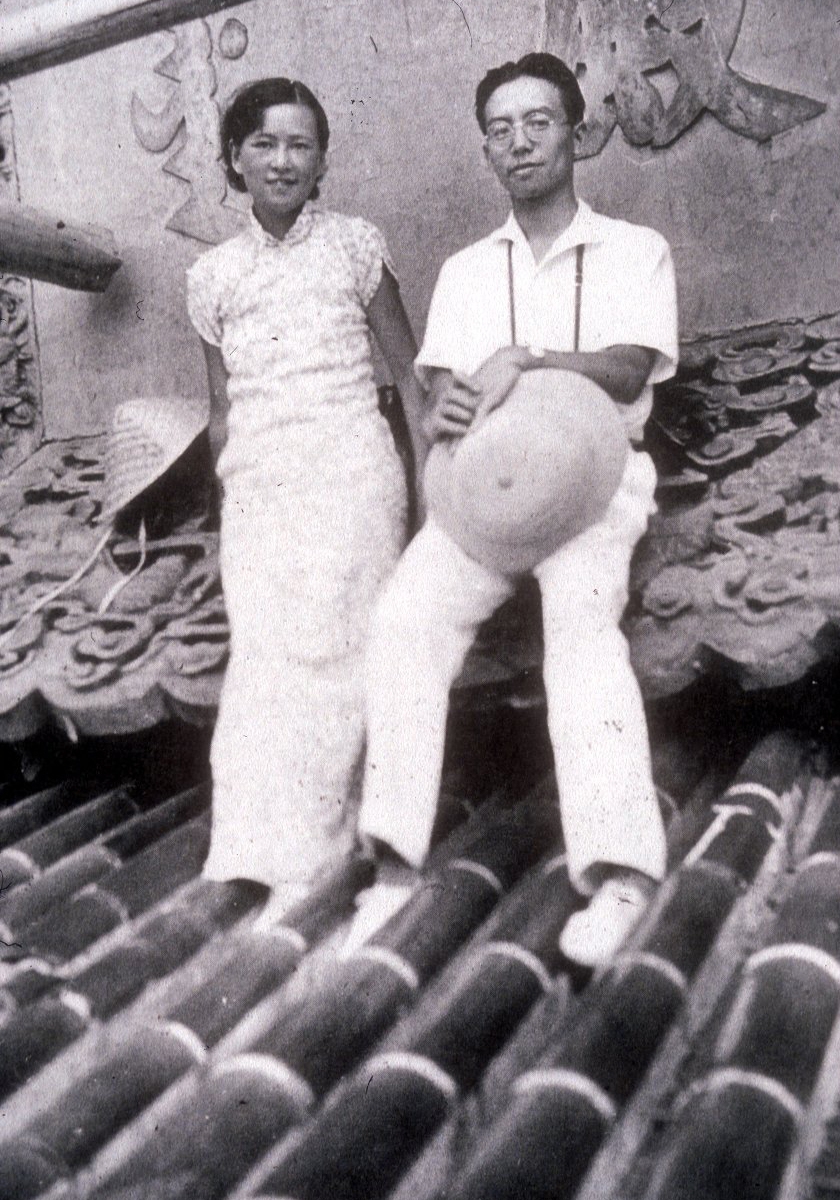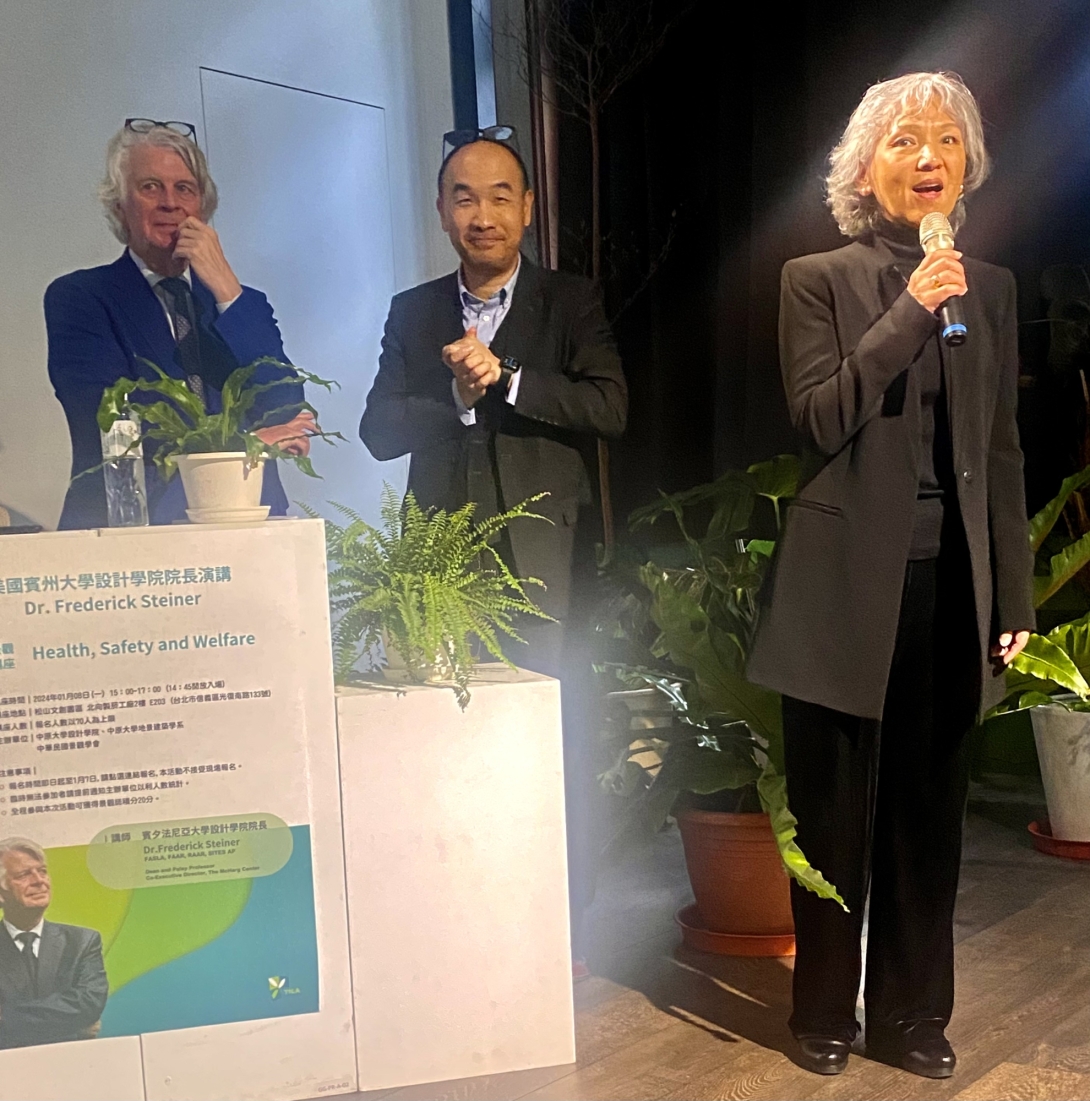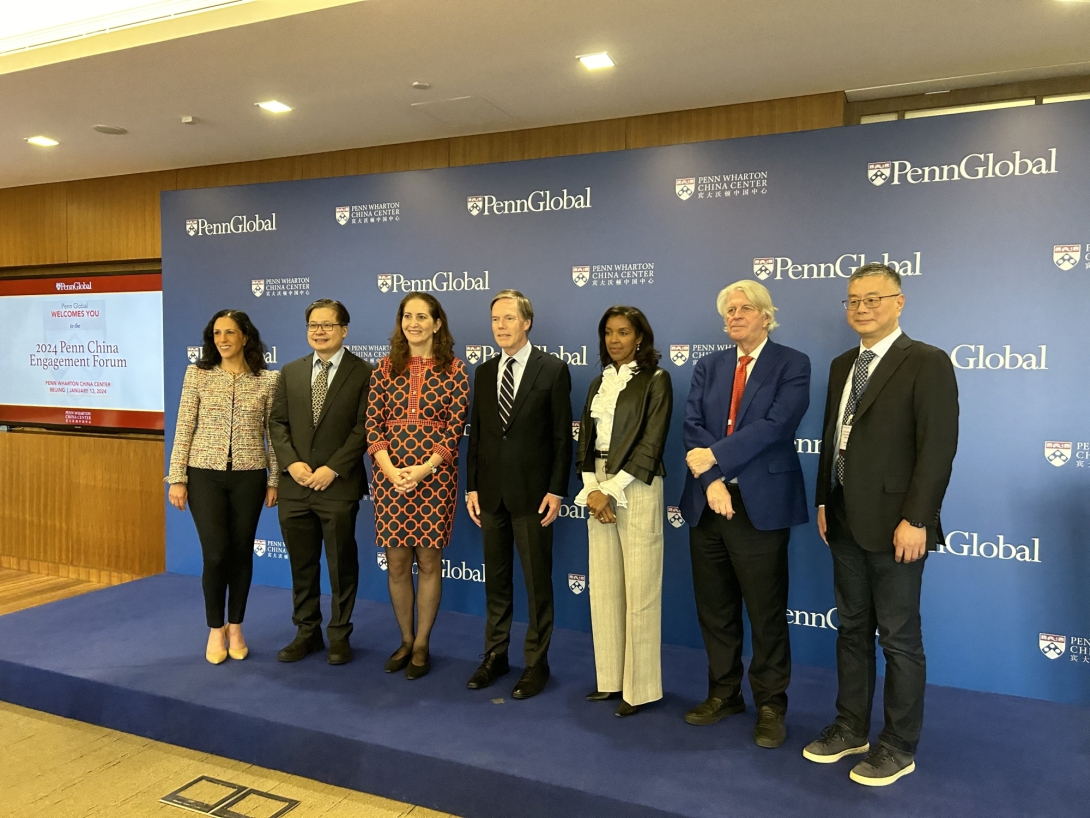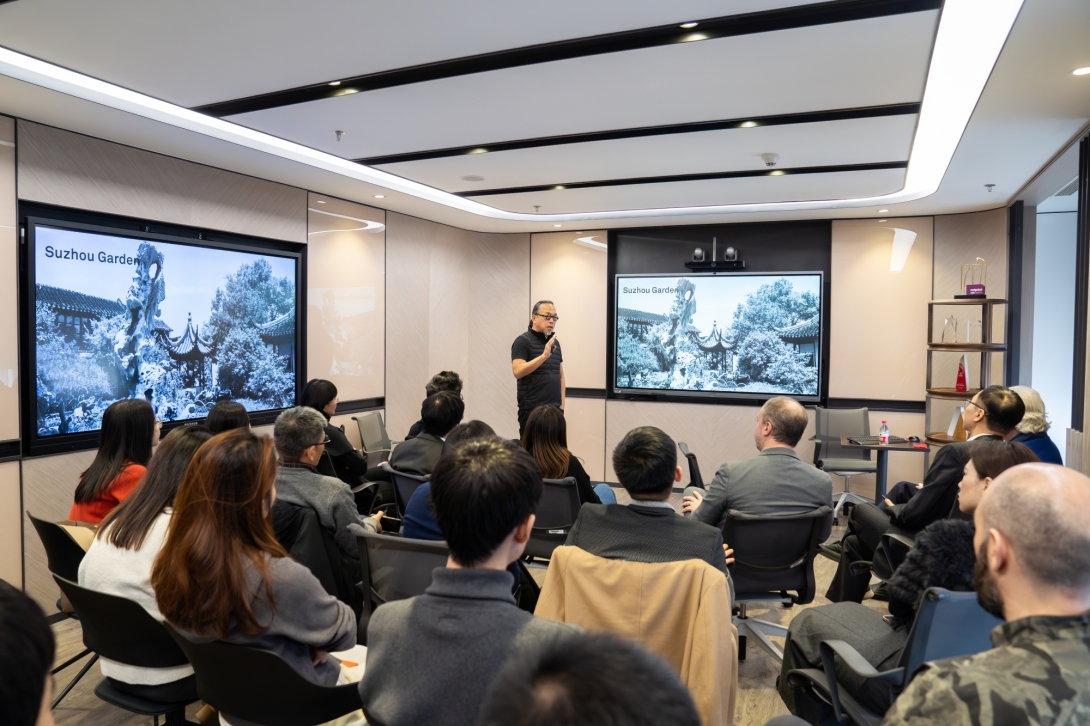March 21, 2024
A Century Later, Penn-China Connections in Architecture Deepen
By Jared Brey
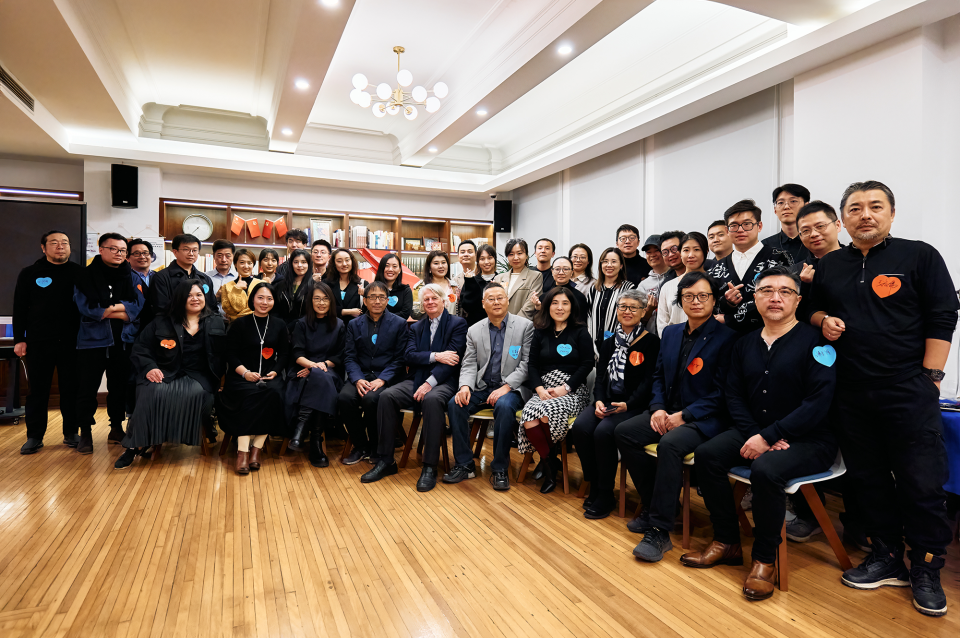
In January, Dean Steiner and Rossana Hu, the Miller Professor and chair of architecture, hosted a reception for Chinese alums in Shanghai.
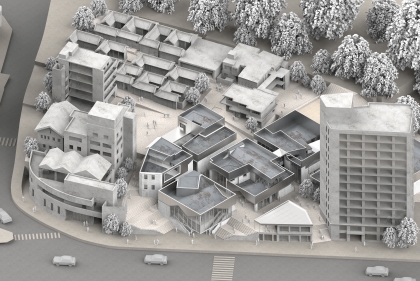
 View Slideshow
View Slideshow

